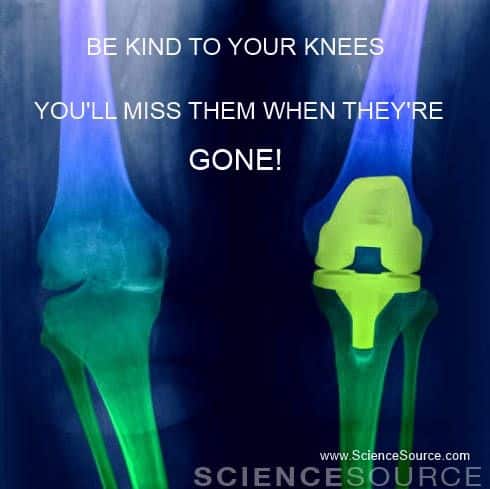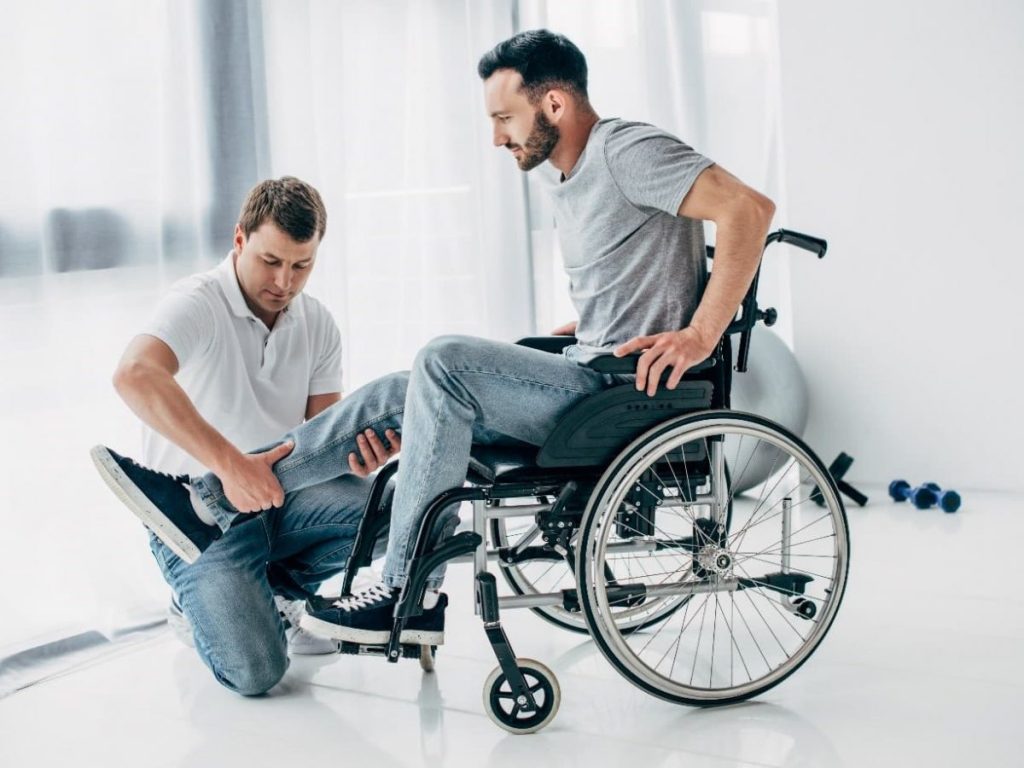Of all injuries, the most feared in Soccer is knee injuries. No injury is pleasant, but soccer knee injuries are the particular ones that can bring the whole show crashing down.
For players over a certain age (and also a large portion of younger guys too), dodgy knees are a constant worry, and they are the body part most likely to end their involvement in Soccer. For many, playing Soccer seems like one massive battle of man vs joints – and we have lost so many comrades in that fight already.
In this article, we are going to be looking at knees – what the issue is with them and what you can do to keep your knee in tip-top condition.
Soccer Knee Injuries – The Basic Problem
The reality is that knees were designed to help us bend, walk and run – but they weren’t designed with Soccer in mind. In fact, if our knees were to come with a warranty it’s more than likely that the fine print would exclude any damage suffered as a result of playing Soccer: they just weren’t designed with this in mind.
Many people can play without any problems with their knees whatsoever but, there are many suffering from dodgy knees – and these aren’t even the older guys in most cases.
Quite simply, knees are designed to stop, start and twist a bit, but nowhere as much as is needed in the game of Soccer. It’s these movements that are the problem and result in two main types of knee injuries: Stop-Start Injuries and Twisting Injuries. We’ll explore both in more detail below.
Stop-Start Injuries – ACL Knee Injuries
This is the A-lister of Soccer knee injuries, and the one you hear most often talked about: the Anterior Cruciate Ligament (“ACL”). Your ACL connects your femur (that’s your thigh bone) to your tibia (your shin bone) in the centre of your knee. It limits rotation and the forward motion of the tibia (the lower part of your leg).
The ACL runs right through the centre of the knee, as you can see in the diagram of a ruptured ACL below (the diagram shows a front-on view of the knee):
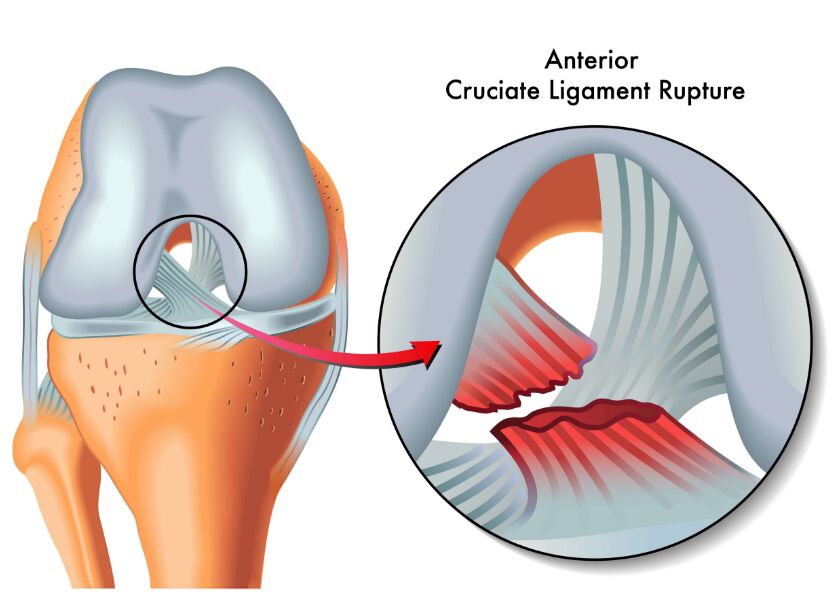
This particular ligament is susceptible to injury through stop-start motion. That is, the ACL is there to stop your tibia [shin bone] coming forward. A tear is caused by a shearing force as you come to a sudden stop, or from landing from a jump.”
If you tweak your ACL, you’ll be looking at a few months out from playing football (it’s a terrible idea to try to play through it), but if you tear it then you may need an operation, and you will definitely need a lot of physiotherapy and rehabilitation, before you’ll be back playing again. Not everyone who has ruptured their ACL needs surgery, but the majority do and you will certainly need to see both a physio and an orthopaedic surgeon.
Twisting Injuries – Meniscal Cartilage Knee Injuries
A different type of Soccer knee injury is also common: one that’s caused more by twisting and turning.
When looking at twisting knee injuries, you’re looking at the meniscal cartilage (the blue bits around the side of the knee in the diagram below). These cartilages are anchored onto the tibia [shin bone], and the femur [thigh bone] can rotate through the meniscal cartilage.
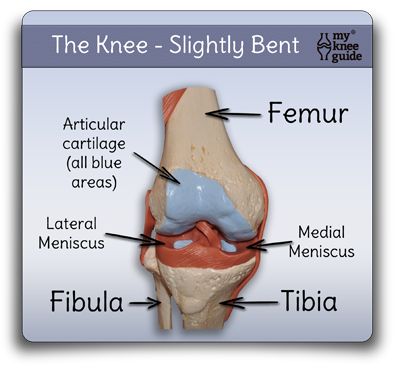
The cartilage absorbs shock in your joints, but when it’s gone, it’s gone. The cartilage in the Meniscus has a poor blood supply and isn’t good at repairing itself.
One of the very common knee injuries is to the medial meniscus, where you get a tear (the back of the medial meniscus is the most common area). This mostly happens when you’re twisting off your planted leg. It generally doesn’t happen to a person with a completely healthy cartilage. Unfortunately, it doesn’t heal – you’ll probably need an operation, and your cartilage will never quite be the same again.
Why Soccer knee injuries occur
The above makes grim reading, and clearly, you want to avoid any sort of knee injury. The truth is, it’s hard to predict exactly when or where a knee will succumb to injury, but there are some telling indicators of when it’s likely that you’ll do yourself some damage.
If your hamstrings and/or calves are tight, this puts your knee (and therefore your meniscal cartilage) under extra compressive stress at the back. Over time this can weaken the cartilage, and if you then twist on it regularly, something may give.
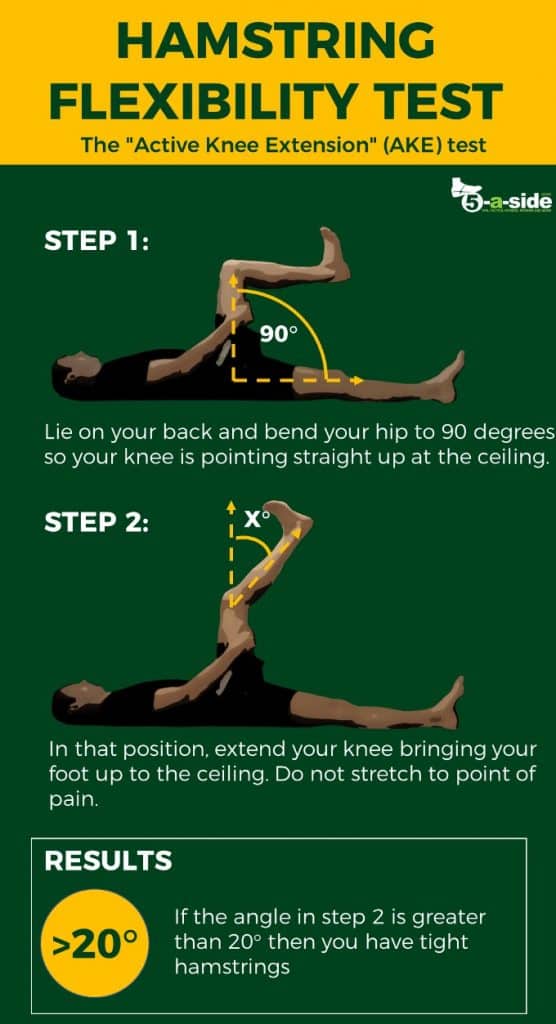
These sort of knee injuries [both of the types mentioned above] generally happen to somebody with tight hamstrings, tight calves, or whose balance isn’t great, or they’ve done it repetitively over the years.
If that sounds like you, then you could be a ticking time bomb here. In that case, it’s time to turn things around and sort out those dodgy knees before they get any worse.
What Can I Do To Avoid a Soccer Knee Injury?
People assume that the way to avoid knee injuries is merely by strengthening the knee. While that may help, it’s only half the story.
Rather than just strengthening the knee to deal with stresses placed on it, it’s often worth tackling the cause of those stresses. Or in other words, by releasing the tension that your tight hamstrings or calves might be putting through the joint.
You can do specific knee strengthening exercises, but when you have a knee injury, it’s not always coming from the knee itself. The knee is a hinge joint, yes it can twist a little bit, but basically, it’s a hinge, and its health relies on both your femur [thigh bone] and tibia [shin bone] pointing in the same direction.
At the top of the femur, you have your hip, which rotates, and at the bottom of your tibia, you have your foot and ankle, which rotates. Those are the places in your leg where most of your rotation is supposed to happen.
But if you have a slightly twisted hip or pelvis, then you will have a slightly twisted femur that will put a slight twist through your knee, putting your ligaments and cartilage under strain and increasing your risk of injury. Equally, if you have a stiff foot or ankle – that will also affect your knee.
For most people, knee problems start at the hip/pelvis or foot/ankle, so just strengthening your knee could be a waste of time. In most cases, the knee is the victim, not the original cause.
Knee Exercises That Actually Work
Forget doing hundreds of leg raises to strengthen your knee. Your time might be better spent trying to release tension in your supporting muscles and to improve your balance and coordination.
The formula is to ‘release, stabilise, move’. It’s a formula that can work for you too. First, release the tension that’s causing the problem (or making it worse). Second, stabilise the knee so that you’re putting the correct forces through it. Finally, practice the patterns of movement that you need in a game so that you’re doing them correctly.
A good physio should be able to help you work out where you need to release any excessive tension. They’re professionally trained to be able to identify precisely where your body is misaligned and needs the release.
Once the various pressure points have been identified, these can be released through stretching and massage, which can also be done on your own using a foam roller and massage ball.
After the tension has been released, it’s time to start stabilising the knee using a balance board or wobble cushion. This teaches the body to stabilise around the joint intuitively, using your body’s own natural sense of balance to align itself.
Lastly, it can really help if you learn the most efficient ways to move. This can be done through Speed and Agility training where proper patterns of movement can be taught and practised under expert supervision. Practising the movements you need for sport and concentrating on doing it with perfect form can help you get into good movement habits. It’s about establishing patterns that will reduce the chances of ending up with a knee injury.
Speed and Agility training involves practising vital movements, using common tools such as agility ladders and hurdles. We highly recommend this local academy www.australiansoccerschool.com.au. It might look a bit like this:
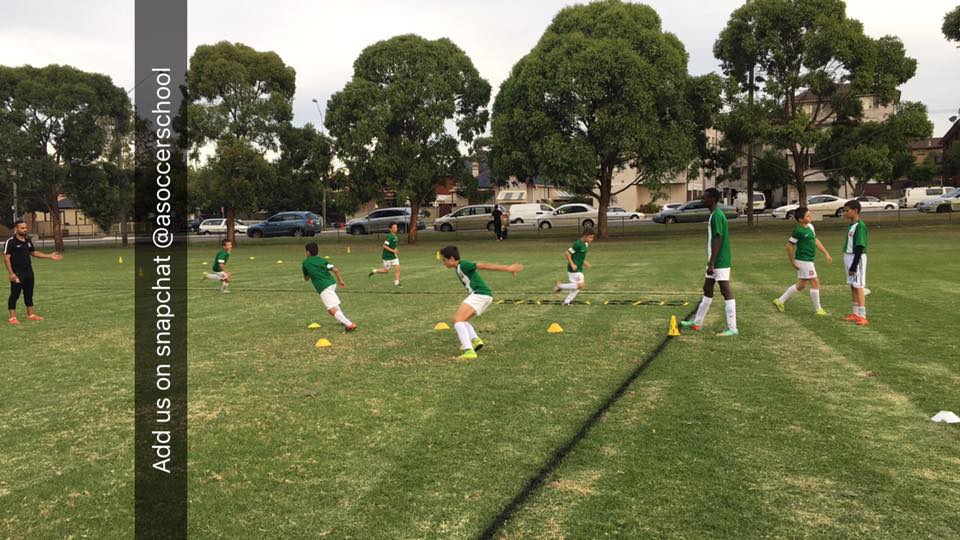
#Physio Tip on Wobble Cushions
Go out and get a wobble cushion, it will help you. If you’re doing any of the exercises wrong, it will tell you: because you’ll fall off it. They’re a fantastic tool.
They won’t sort you out completely, but they will improve your neural pathways between your brain and your knees. If you could use it for 10 minutes a day, that would be fantastic. You can even take it with you to work it and stand on it while taking phone calls.
Conclusion
Knee injuries are the amateur soccer player’s nemesis; the one thing they fear most. Soccer isn’t a game that is particularly kind on knees and injuries do happen.
In many cases, however, a knee injury is the culmination of many factors that have led up to it: excess pressure on the joint, a lack of stability and lazy movement patterns.
Once you have a knee injury, you’re more susceptible to future problems, but it’s not the end of the line. At this point, you need to step up your efforts with flexibility, strength and balance training to ensure that you don’t relapse.
Whether you’ve got a knee injury or you’re lucky enough to be injury free and in good shape, you still need to take care of your two most important joints. Applying the advice in this article will help you keep your knees in the best condition that they can be. And that’s so important!
